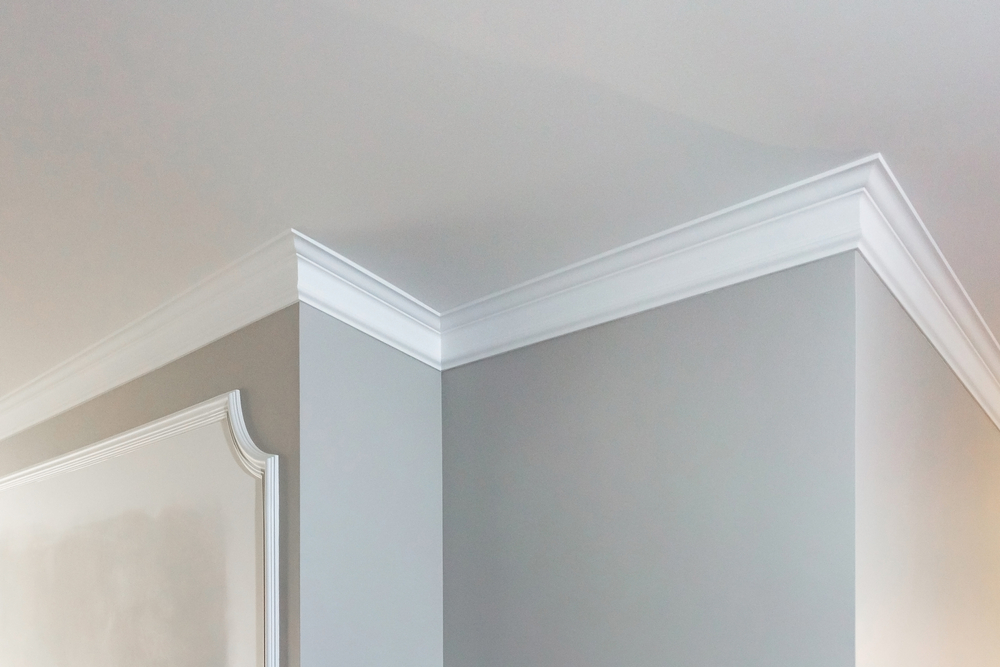Dealing with Water in Crawl Space
Water in crawl spaces can be problematic. It can lead to mold, structural damage, and poor air quality. This article explores common causes, inspection techniques, and solutions.
Common Causes of Water in Crawl Spaces
Several factors contribute to water accumulation. Understanding these helps in taking preventative measures.
Surface Water
Surface water can seep into crawl spaces after heavy rains. Improper drainage systems or poor yard grading often cause this. Water travels downhill, and if your home is at a lower elevation, it can pool around your foundation.
Groundwater
High water tables can lead to groundwater entering your crawl space. This typically happens during rainy seasons or when snow melts. Hydrostatic pressure pushes water up from the ground into your crawl space.
Plumbing Leaks
Leaky pipes or faulty water lines can cause persistent water issues. Even minor leaks, over time, can result in significant moisture buildup.
Condensation
Warm air meeting cool surfaces often causes condensation. This is common in humid climates where crawl spaces aren’t properly ventilated.
Inspection Techniques
Regular inspection of your crawl space helps in early detection of water issues. Thorough checks can prevent long-term damage.
Visual Inspection
Look for standing water, damp spots, or water stains. Check wooden beams for rot and metal components for rust.
Smell Test
Musty odors often indicate mold or mildew. These are signs of high humidity or water presence.
Use a Moisture Meter
A moisture meter can help detect hidden dampness. It measures the moisture levels in different materials.
Inspect During Different Seasons
Water issues can be seasonal. Inspect your crawl space during different times of the year to catch issues that may not be apparent all the time.
Solutions for Water in Crawl Spaces
Addressing water issues promptly can prevent serious damage. There are several methods to manage and prevent water accumulation.
Improve Drainage
Ensure gutters and downspouts direct water away from your home. Adding extensions can help if necessary. Grade the soil around your foundation to slope away from the house.
Install French Drains
A French drain system can help redirect surface water and groundwater away from your crawl space. These drains use gravel and perforated pipes to guide water away from your foundation.
Encapsulation
Encapsulation involves sealing your crawl space with a vapor barrier. This prevents moisture from entering. It’s an effective solution if your crawl space has consistent water issues.
Sump Pump
Installing a sump pump can remove water that collects in your crawl space. It automatically pumps water out, keeping the area dry.
Repair Plumbing Leaks
Fix any leaky pipes or old plumbing. Regular maintenance and prompt repairs can prevent water from entering your crawl space.
Ventilation
Proper ventilation reduces humidity and condensation. Installing vents or using a dehumidifier can help maintain an ideal moisture level.
Waterproofing
Consider waterproofing your crawl space. This comprehensive solution includes sealants, vapour barriers, and drainage systems.
Health Implications
Ignoring water in your crawl space can lead to health issues. Mold and mildew cause respiratory problems and allergies.
Mold Growth
Mold thrives in damp environments. It can spread quickly, leading to extensive infestations. Prolonged exposure to mold can cause respiratory issues and exacerbate allergies.
Dust Mites
Humidity in your crawl space can attract dust mites. These pests can worsen asthma and other respiratory conditions.
Structural Damage
Water can weaken wooden structures over time. Compromised structural integrity can lead to costly repairs.
Preventive Measures
Taking preventive steps can minimize the risk of water in your crawl space.
Regular Inspections
Regularly check your crawl space, especially after extreme weather. Early detection prevents long-term problems.
Maintain Landscaping
Ensure that your yard slopes away from your home. Keep gutters clean and free of debris.
Update Plumbing
Regularly inspect and update old plumbing. Promptly address any leaks.
Install a Dehumidifier
A dehumidifier prevents moisture build-up. It’s particularly useful if you live in a humid climate.
Sealing and Insulation
Proper sealing and insulation prevent heat and moisture from entering your crawl space.
Costs Involved
Addressing water in crawl spaces involves costs. Understanding these helps in budgeting for repairs and preventive measures.
Inspection Costs
Hiring a professional for inspection can range from $100 to $500. This depends on the size of your crawl space and extent of the inspection.
Drainage System
The cost of installing a French drain is between $1,000 and $10,000. This varies based on the length and complexity of the system.
Encapsulation
Encapsulation costs can range from $2,000 to $15,000. Prices depend on the size of the crawl space and materials used.
Sump Pump Installation
Sump pump installation ranges from $500 to $2,000. The price varies depending on the type of pump and complexity of the installation.
Waterproofing
Comprehensive waterproofing solutions can cost between $5,000 and $15,000. Costs depend on the extent of the work required.
While managing water in crawl spaces can involve significant expenses, preventive measures often save money in the long run by avoiding extensive damage and health issues.




Subscribe for Updates
Get the latest articles delivered to your inbox.
We respect your privacy. Unsubscribe anytime.